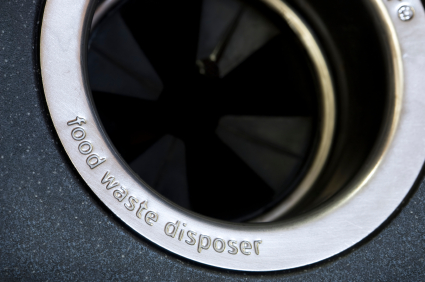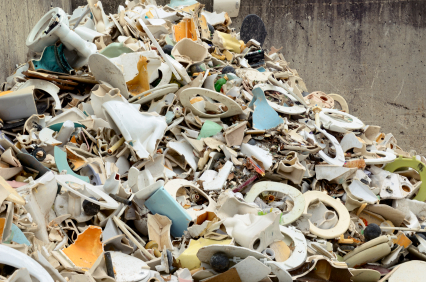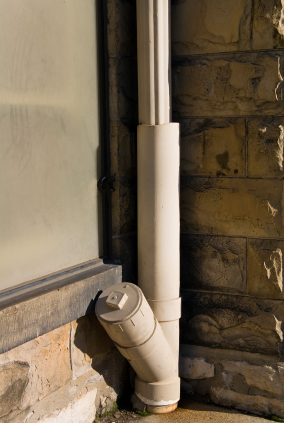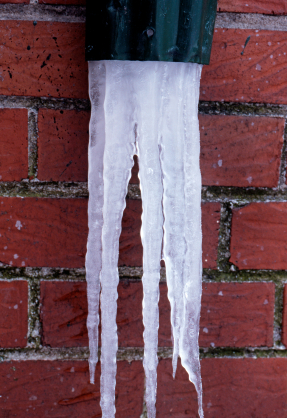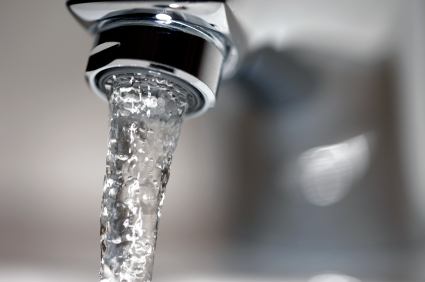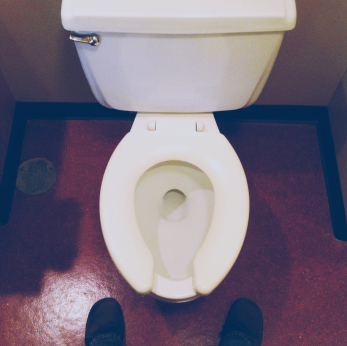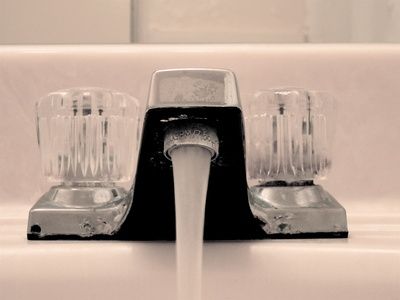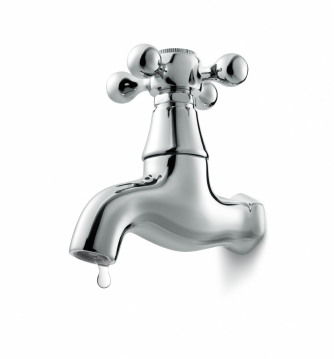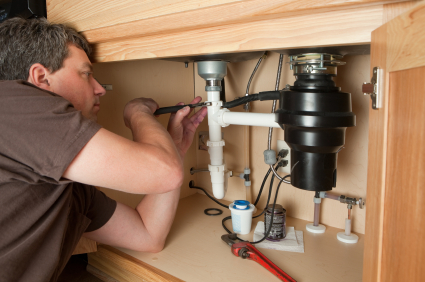With Thanksgiving coming up in just a few days you don’t want a broken garbage disposal. If the garbage disposal isn’t working and only makes a humming sound when you turn it on, the flywheel is most likely stuck or there’s an obstruction between it and the impeller blades. The humming noise is a result of the motor unsuccessfully attempting to spin the blades. Fortunately, the solution to solve the problem is simply to move the blades in the opposite direction to dislodge the obstruction. Read more if your garbage disposal is not working but humming instead.
Important: Turn off power to the garbage disposal for your safety and never put your hand into the garbage disposal chamber. If you are unsure of how precisely to turn off the power, it would be best to call a plumber to take care of this problem; your safety should be your first priority.
1. Take the Allen wrench that came with your garbage disposal and insert it into the flywheel-turning hole in the bottom of the wheel. If you cannot find the allen wrench, pick one up from the hardware store that sold your garbage disposal.
2. Turn clockwise to loosen the impeller blades from the obstruction. It should be able to turn the flywheel freely when the blades are unobstructed.
An alternative method of fixing your garbage disposal is to use a broom handle or another wooden object to free the impeller blades. All you have to do is place the broom against the impeller blades and then apply leverage to free the flywheel. The flywheel once again should turn completely freely once the obstruction is cleared out.
However, if at any time you don’t feel safe or are unsure of what you are doing, you can always use TalkLocal to contact local high quality plumber to look at your garbage disposal in just minutes! You’ll be talk to a real live plumber almost immediately for free!

